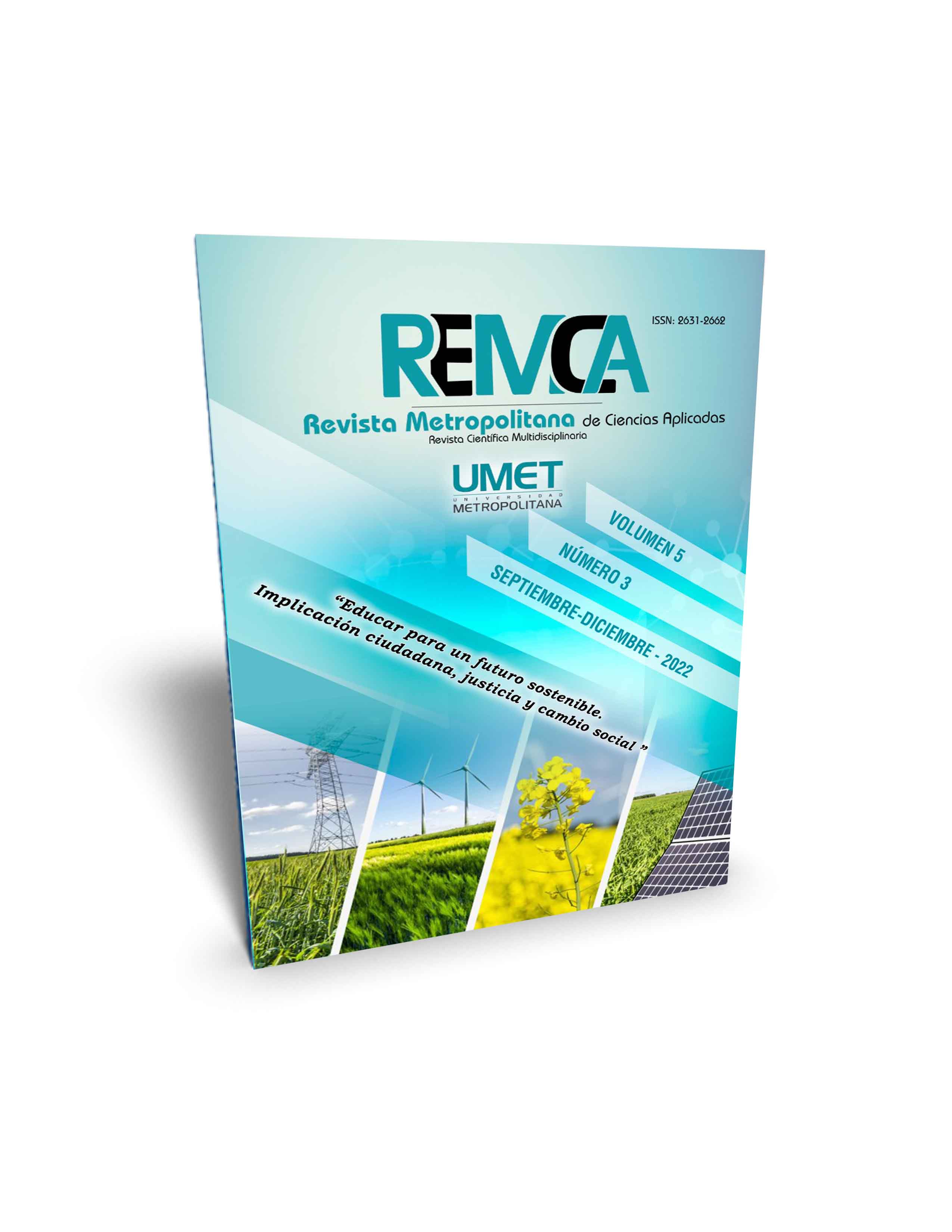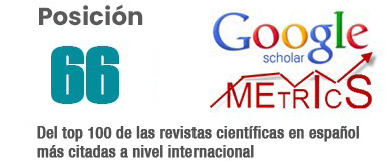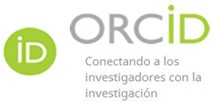A system of tasks to improve oral communication in English for students of level A1
DOI:
https://doi.org/10.62452/e0g9pn32Palavras-chave:
Common European Framework of Reference, communication, oral communicationResumo
Since the dawn of mankind, there was a need to communicate in the activity and practice men carried out as a social being. Communication is defined as a process by which we assign and convey meaning in an attempt to create shared understanding. The teaching of English does not escape the methodological principle of language is primarily oral. To contribute to the development of oral communication in foreign languages, since the Common Frame European of Reference, much research has been done. Regarding the specific area of this investigation, the author has found studies carried out on communication, detecting that students receiving English as a foreign language most of the time are not motivated or interested. Therefore, we need to find ways to improve oral communication trying to be as motivational and realistic as possible. An example of that are the communicative tasks we propose, apply and validate in the process of this research, achieving good results improving the students’ oral communication skills in English.
Downloads
Referências
Álvarez de Zayas, C. (1995). Metodología de la Investigación Científica. Universidad de Oriente. Material computarizado. CEES.
Barnlund, D. C. (2008). A Transactional Model of Communication. In, C. D. Mortensen (Eds.), Communication theory (pp. 47-57). Transaction.
Brumfit, C. (1985). Communicative methodology in language teaching: the roles of fluency and accuracy. Editorial Cambridge Language Teaching Library.
Byrne, D. (1989). Teaching oral English. Edición Revolucionaria.
Chomsky, C. (1965). Stages in language development and reading exposure. Harvard Educational Review, 1.
Faedo, A. (1988). Ejercicios Comunicativos para la Enseñanza de la Actividad Audio-oral del Inglés a Estudiantes Cubanos de los ISP. (Tesis Doctoral). Instituto Estatal de Lenguas Extranjeras de Kiev.
Faedo, A. (1994). Interacting: sistema de ejercicios comunicativos para la enseñanza de la comunicación oral del Inglés. ISP “José de la Luz y Caballero”.
González Castro, V. (1988). Profesión comunicadora. Editorial Pablo de la Torriente.
González Maura, V., Castellanos Simons, D., Córdova Llorca, M. D., Rebollar Sánchez, M., Martínez Angulo, M., Fernández González, A. M., Martínez Corona, N., & Péiiz Mato, D. (2001). Psicología para educadores. Editorial Pueblo y Educación.
Hymes, D. H. (1971). On communicative competence. University of Pennsylvania Press.
Leung, C. (2005). Convivial communication: recontextualizing communicative competence. International Journal of Applied Linguistics, 15(2), 119-143.
Lin, G. H. (2010). Book review of strategies in interlanguage communication. In, C. Faerch and G. Kasper. (Eds.), Foreign Language Studies. (pp. 24-248). Longman.
Littlewood, W. (1981). Communicative language teaching. Cambridge Teaching Library.
Mariño, M. (1999). Sistema de Tareas Pedagógicas Profesionales para la Asignatura “La Educación de la Pedagogía en el ISPH”. (Tesis de maestría). ISP José de la Luz y Caballero.
Medina, A. (2005). Modelo de la Competencia Metodológica del Profesor de Inglés para el Perfeccionamiento de de la Dirección del Proceso de Enseñanza-aprendizaje en el Nivel Medio. (Tesis doctoral). Instituto Superior Pedagógico José de la Luz y Caballero.
Plattor, E. (1981). English skill program. Gage.
Richards, J. (1992). Approaches and methods in language teaching. Cambridge University.
Rivers, Wilga M. (1977). A practical guide to the teaching of English: communicating. Mass.
Rodríguez Devesa, R. (2001). Sistema de Tareas Diagnóstico-formativas para el Diagnóstico y Formación de la Generalización del Pensamiento en la Asignatura Gramática Inglesa en los ISP. (Tesis de Maestría). ISP “José de la Luz y Caballero”.
Downloads
Publicado
Edição
Seção
Licença
Copyright (c) 2022 Dalia Millán Peña (Autor/a)

Este trabalho está licenciado sob uma licença Creative Commons Attribution-NonCommercial-ShareAlike 4.0 International License.
Os autores que publicam na Revista Metropolitana de Ciencias Aplicadas (REMCA), concordam com os seguintes termos:
1. Direitos autorais
Os autores mantêm direitos autorais irrestritos sobre suas obras. Os autores concedem ao periódico o direito de primeira publicação. Para tal, cedem à revista, em caráter não exclusivo, direitos de exploração (reprodução, distribuição, comunicação pública e transformação). Os autores podem firmar acordos adicionais para a distribuição não exclusiva da versão publicada do trabalho no periódico, desde que haja reconhecimento de sua publicação inicial nesta revista.
© Os autores.
2. Licença
Os trabalhos são publicados na revista sob a licença Creative Commons Atribuição-NãoComercial-CompartilhaIgual 4.0 Internacional (CC BY-NC-SA 4.0). Os termos podem ser encontrados em: https://creativecommons.org/licenses/by-nc-sa/4.0/deed.pt
Esta licença permite:
- Compartilhar: copiar e redistribuir o material em qualquer meio ou formato.
- Adaptar: remixar, transformar e desenvolver o material.
Nos seguintes termos:
- Atribuição: Você deve dar o crédito apropriado, fornecer um link para a licença e indicar se alguma alteração foi feita. Você pode fazer isso de qualquer maneira razoável, mas não de uma forma que sugira que o licenciante endossa ou patrocina seu uso.
- Não comercial: você não pode usar o material para fins comerciais.
- Compartilhamento pela mesma licença: se você remixar, transformar ou criar a partir do material, deverá distribuir sua criação sob a mesma licença do trabalho original.
Não há restrições adicionais. Você não pode aplicar termos legais ou medidas tecnológicas que restrinjam legalmente outros de fazerem qualquer coisa que a licença permita.




